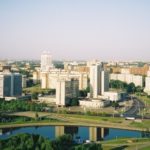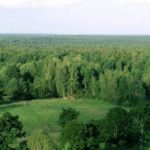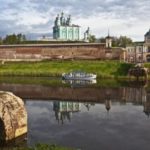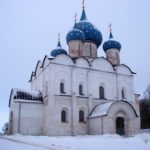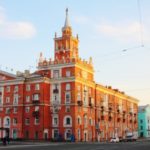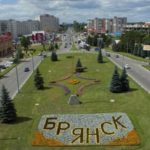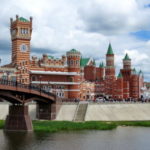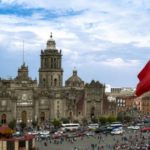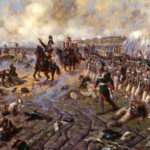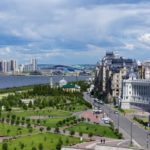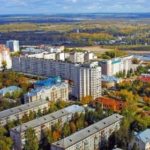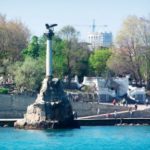Interesting facts about Minsk
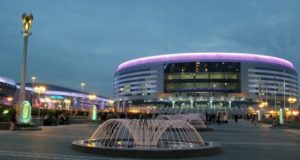 Minsk is a city with a rich history and a difficult fate. Being almost completely destroyed during the Great Patriotic War, it was painstakingly restored. There is still a huge number of buildings built in the USSR, and in general, a visit to this city can be compared with an excursion to the Soviet Union – so much here is interesting.
Minsk is a city with a rich history and a difficult fate. Being almost completely destroyed during the Great Patriotic War, it was painstakingly restored. There is still a huge number of buildings built in the USSR, and in general, a visit to this city can be compared with an excursion to the Soviet Union – so much here is interesting.
Most likely, Minsk owes its name to the river Mene, which means “shallow” or “smaller”.
Minsk was first mentioned in the chronicles almost a hundred years earlier than Moscow: the record was made in 1067.
Botswana in Minsk takes the third place in the area among similar parks in Europe, second only to the capitals of Britain and Spain. Rare plants are collected on an area of 96 hectares.
The oldest fountain in Minsk was first launched in 1874 and is still an ornament of the Alexander Square.
In Minsk, there are about 67 days per year, when the city is enveloped in fog (for equalization in London – only 45). The month most saturated with fog in the Belarusian capital is November.
Since its founding Minsk 18 times completely burned out and rebuilt anew.
A Foucault pendulum was installed at the University of Minsk, demonstrating the daily rotation of the Earth. On the planet such devices are only a few dozen.
Minsk has its own sea – it is often called Zaslavskoe Reservoir, located about 10 kilometers from the capital.
About 844 thousand trees grow in Minsk, and every fourth of them is linden.
The total area of flower beds in Minsk is comparable in size to 10 football stadiums.
The builders of the Minsk subway, when laying one of the tunnels, discovered a part of the skeleton of a forest elephant – this discovery was first made in Belarus. Bone meter long and reaching 30 cm in diameter rested at an eight-meter depth.
During the war, Minsk was the Soviet capital of jazz – the city was actively advocated by a Jew from Germany Eddie Rosner, who escaped from the Holocaust. After the war, jazz was considered an unsuitable music for Soviet citizens, and Rozner was sent to camps for ten years.
The anniversary square in the capital of Belarus was named in the year of the jubilee church cathedral, which Catholics around the world celebrated in the first half of the 19th century.
The building of the government in Minsk, claiming the title of the first high-rise building in Belarus, consists of thousands of offices and more than 15 meeting rooms. In the main of them, the Oval Hall, hangs a huge chandelier-star weighing 5 tons. In it, simultaneously burn 500 bulbs.
The National Library of Belarus, an ultramodern building that residents of Minsk call “Chupa Chups”, is one of the most modern libraries in Europe. The building of an unusual form is so large that on its every floor can fit 2 football fields. The automated system delivers to readers books and documents in just 20 minutes – this is the highest speed of library service in the world.
Minsk is the most criminal city in Belarus, according to official statistics. Although in general, it is quite calm.
